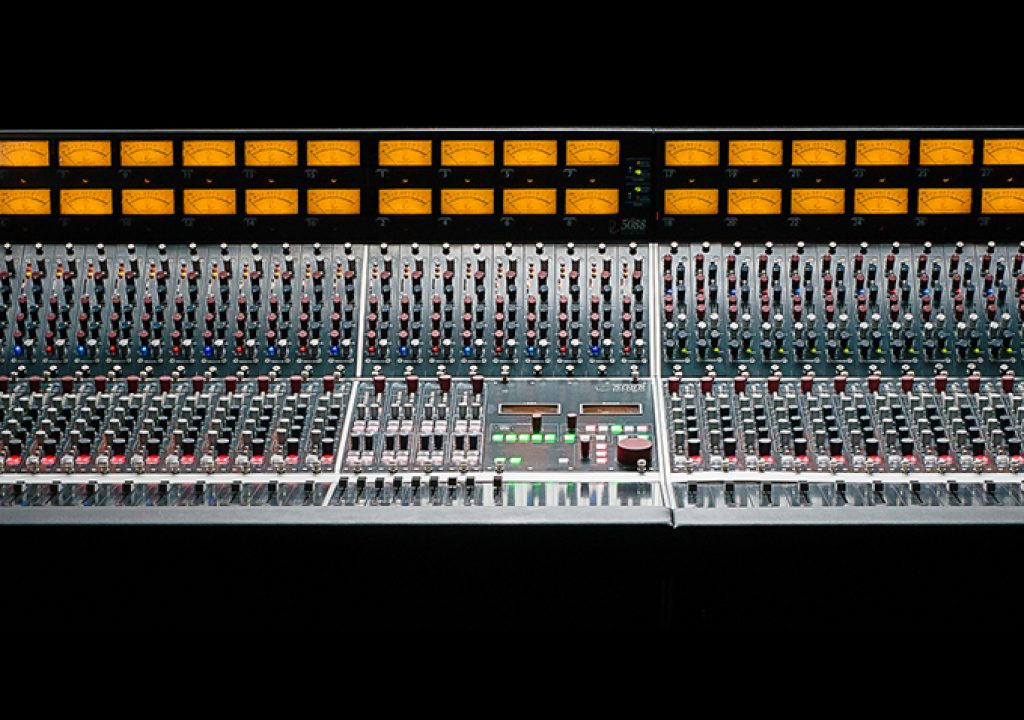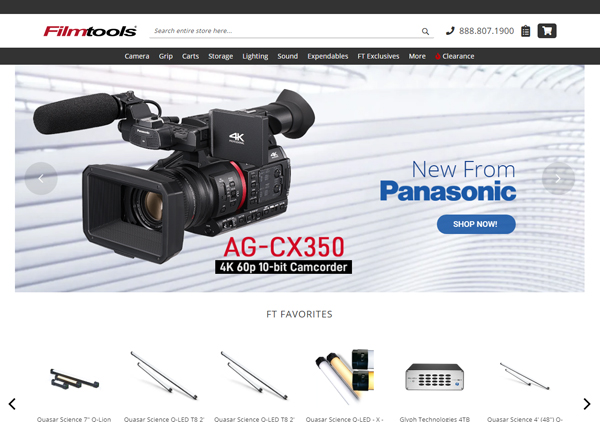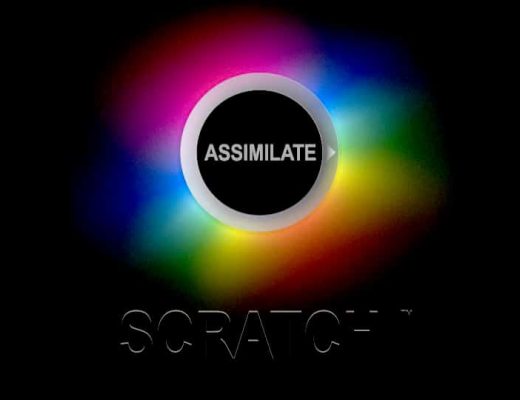![]()
There’s little more popular these days than being a budding Indie filmmaker slinging a 5D MkII over your shoulder and firing off hours of footage that you can then spend months editing to make your masterpiece come alive! The biggest problem is that MOST folks entering this endeavor are totally clueless about the process or where to even start – thus making every mistake in the book in the process. The DSLR Filmmaker’s Handbook: Real World Production Techniques (Sybex ISBN 978-0-470-87660-2) aims to help you get started with not only the basics of using the gear, but also the film-making production process in a visual overview – PLUS some very cool tips & tricks.
What is Covered in This Book
Unless you’re already a veteran cinematographer, then you’re going to be going wide-eyed into this new wave of film-making with little guidance or help, outside of companies trying to market their aftermarket gear to you. What should you get? How much should you budget for? Should I rent or buy my gear? What’s really necessary vs what’s just looks cool on your shoulder? How do I handle the data after it’s shot? What about audio? Most Google searches will only point you to manufacturer’s web sites and blogs/discussion forums that argue over who makes the best rig. The DSLR Filmmaker’s Handbook answers these questions and much, much more.
Here is a look at the Table of Contents:
Chapter 1 – Fundamentals of DSLR Filmmaking
Features of DSLR Cameras • Features of SLR Lenses • How Sensor Size and Lenses Interact
Chapter 2 – Gear and Recommendations
What Camera Is Right for You? • Lenses and Accessories • Lights • Audio • Tripod and Dollies • Specialty Items and Miscellaneous • Planning Your Gear Package
Chapter 3 – Testing and Custom Settings
Camera-Specific Testing • Testing Equipment Interactions • Using In-camera Presets • Changing the Camera Presets for Image Control • Customizing Your Picture Style: Steps for Canon DSLR Cameras
Chapter 4 – Cameras and Lenses on Location
Using Cameras on Location • Using Lenses on Location
Chapter 5 – Camera Motion and Support
Camera Motion • Types of Camera Movement • Planning the Motion • Gear for Designing and Controlling Movement • Stabilizing Your Camera Motion • Motion, the Edit, and Cutting
Chapter 6 – Lighting on Location
Planning the Lights • Choosing Lights • Principles for Setting Lighting • Types of Lights by Position • Lighting for Special Situations • Managing Light • Light Quality • Picking Exposure
Chapter 7 – Sound on Location
The Role of Sound • Recording Sound with DSLR Cameras • Microphones and Key Accessories • Planning, Setting Up, and Recording a Shoot
Chapter 8 – Organizing and Storing Data in the Field
Setting Up a File System • Capture Formats • Backing Up Your Footage on Set • Organizing Data on Set
Chapter 9 – Troubleshooting
Avoiding Problems: What to Do, What to Take • Shooting Problems • Hardware Problems • Ways to Save the Shot
Chapter 10 – Converting and Editing Your Footage
Setting the Foundation for Post-Production Workflow • Choosing the Right Hard Drives • Backing Up Data • Choosing and Using an Editing Codec • Editing Your Footage
Chapter 11 – Audio Crash Course
Syncing Your Audio and Video • Troubleshooting Out-of-Sync Sound • Automated Dialogue Replacement (ADR)
Chapter 12 – Color Correction and Grading
Color Theory and the Eye • Color Correction on Set: Outside of the Camera • Color Correction on Set: Inside of the Camera • What Is This Camera Shooting Anyway and Why Do I Care? • Post-Production Color Correction and Grading
Chapter 13 – Compression
Understanding Compression • Outputting Your Video • One File Fits All
Chapter 14 – Fixing It in Post
Primary Color Correction • Micromanaging with Regional Color Corrections • Secondary Color Correction • Faux Lens Effects • Behind-the-Lens Fakery
Chapter 15 – Workshops
A Brief Guide to Underwater Cinematography • Rigging a Car • Achieving That Cinematic Look: Ramping and Changing Frames per Second
The DSLR Filmmaker’s Handbook goes beyond just covering the basics of what gear to buy and how to put it all together, but also covers important film production topics like motion, lighting, lenses, audio, compression and much more. There is a great deal of very useful information packed into a 400-page book – things I hadn’t even considered like modifying prime lenses to better function for video production vs still photo shooting. The authors show you step-by-step instruction on how to “de-click” a Zeiss lens’ aperture ring so you get a smooth movement while shooting instead of the jarring clicking between stops.
![]()
Modifying a Zeiss Prime lens to “de-click” the aperture ring for smoother motion
There’s more about the difference between working with still photo lenses and cinema lenses, and what range of prime lenses may suit your needs for your project. I personally learned a great deal from this information, coming from a still photo background and videography. I never had the opportunity to work with film movie cameras, so this was very useful.
![]()














